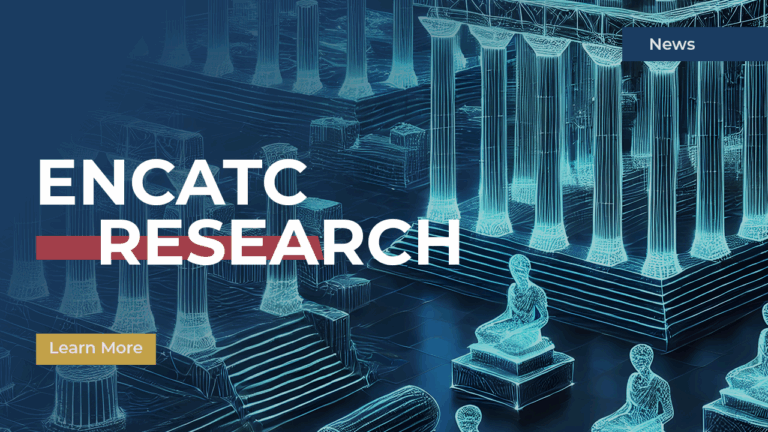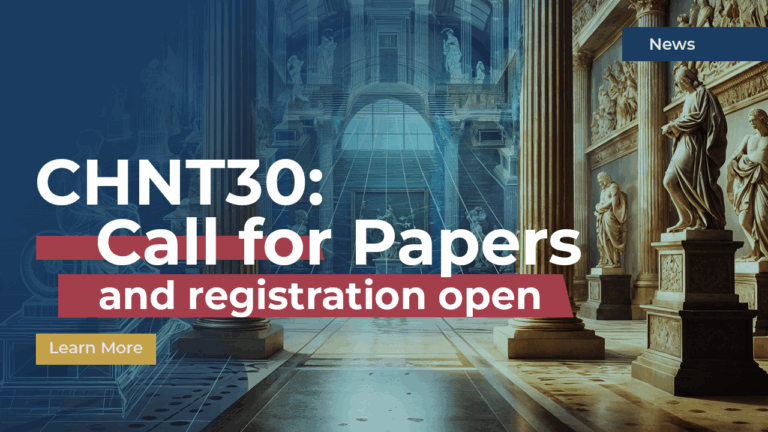
-
Post Date
shares
The Reactive Heritage Digital Twin (RHDT) in the ARTEMIS project will attempt to offer a combination of real-time data and advanced simulations to enhance the management and preservation of our cultural heritage thesaurus.
A practical example of this technology is the 3D digital replica of a historic city center, which allows for efficient visualisation of complex information and simulation results on a desktop computer, a portable device or even within a virtual reality (VR) environment. This digital model not only provides an immersive view of the city’s architectural richness but it may also enable the simulation of various scenarios, including the movement and safety of people through its historically rich streets and spaces.

For example, by annotating this digital model or by utilising AI-driven segmentation approaches, one can identify walkable areas and assess the flow of people through narrow, often congested streets typical of many historic centers. This can enable us to answer important questions, such as:
– What happens if a festival is organised at a specific plaza in the historic center?
– How many people can be safely accommodated in the area?
– Which routes should people take to reach the event while avoiding bottlenecks or congested zones?
A RHDT could provide a set of mechanisms to allow the simulation of crowd movement based on scenarios and under various conditions. For example, it could help visualise the best ways to direct people through narrow roads during an emergency, ensuring a smooth and safe evacuation. This provides stakeholders, event organisers and authorities with crucial insights into optimising space usage, improving event planning, and ensuring public safety during large gatherings in areas of cultural and architectural significance.
In addition, the RHDT may also serve as a powerful tool to document and visualise historical changes in the environment over time. Using a temporal annotation feature, users may explore how buildings and structures in the historic center have evolved—or in some cases, been lost—due to factors such as lack of funding, neglect, unknown ownership, or the consequences of other disasters. Users can travel through time, seamlessly visualising on the 3D digital replica how buildings have changed, using newer 3D digital replicas of specific parts of the city or historical photographs to show the building’s past appearance.This approach not only preserves the memory of lost heritage but also enables decision-makers to consider the cultural and architectural impact of changes over time, offering a deeper understanding of the historic centre ’s evolution and the importance of its preservation.







